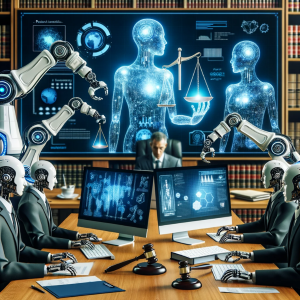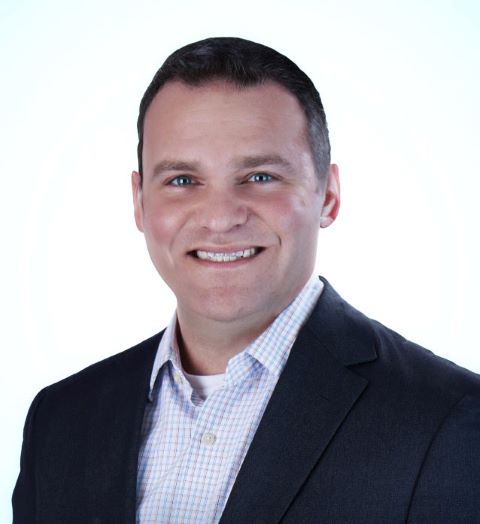The era of robots replacing lawyers has long been fodder for science fiction. But when it comes to patent law, that future is arriving ahead of schedule. Enter artificial intelligence – specifically, Large Language Models (LLMs) like Claude and OpenAI’s GPT-4. These AI systems possess an almost eerie ability to analyze complex patent documents and generate human-like legal writing. Firms are wisely adopting this new technology, achieving previously impossible efficiency gains.

However, just as pilots still occupy cockpits despite autopilot advances, savvy patent lawyers remain indispensable stewards in navigating high-value IP matters.
LLMs: Your New Tireless Colleagues
So how do these artificial “associates” actually function? At the core, LLMs use deep neural networks to rapidly ingest and cross-reference vast troves of data. Claude now boasts an impressive 200,000-token configuration, allowing it to parse the lengthiest patent applications and office actions. Its advanced architecture also facilitates remarkably cogent writing. Upon uploading key documents such as claims, rejections, and prior art, Claude gets straight to work analyzing validity, assessing rejections, and proposing creative arguments and amendments. While not yet able to completely replace human strategizing, such capabilities enable attorneys to focus time on higher-value tasks. It is not hard to imagine LLMs boosting attorney productivity up to 10x for early case phases. In many cases, it’s not much different than leveraging a team of younger associates.
Maximizing the AI Advantage While Minimizing Risk
However, as promising as artificial lawyers appear, firms must exercise diligence to maximize upside while mitigating downside risks. Just like with human lawyers, key tenets of oversight, validation and synthesis apply. Prudent counsel must carefully guide LLM usage, provide ongoing feedback, verify output, and synthesize discrete LLM suggestions into overarching strategy. Failing to do so can leave clients vulnerable to poor advice and may even rise to the level of malpractice for the attorney. Furthermore, while Claude for one was designed with confidentiality in mind, rigorous data security measures are still essential.
The Promise and Pitfalls of “Thinking” Machines
Large language models like Claude and GPT-4 have naturally generated a great deal of hype for their ability to analyze documents and generate human-sounding text. However, while AI associates may someday develop seasoned legal judgment, that time has yet to come. Savvy adoption requires embracing AI’s present promise while accepting its limitations. Only through ample attorney oversight can AI’s full potential be harnessed without compromising counsel.
Augmented Analysis
On an analytical level, AI often impresses – rapidly processing volumes of text and case law. However, what Claude’s algorithms lack is the connective intuition that sparks strategic revelations. Much like junior associates, LLMs excel working within defined parameters but struggle making creative leaps connecting disparate issues. This higher-order thinking remains exclusively human domain.
Dangers of Overreliance
Without oversight, blindly relying on AI suggestions risks erroneous work product. LLMs sometimes identify specious prior art or make questionable patentability assessments. Its proposed claims and arguments can also miss the mark if taken at face value. Only human verification and synthesis can filter the few gems from the rubble.
The Outlook for Attorney-AI Collaboration
In closing, the future looks bright for attorney-AI collaboration in patent law. Approached properly, collaborating with AI becomes a two-way educational process. The iterative interplay shows AI the nuanced approach of an expert while expanding the attorney’s horizons to new ideas. But attorneys must provide the compass to orient each decision towards overarching strategy.
Much like pilots and autopilots, humans and machines can complement each other beautifully if applied thoughtfully. AI unlocks transformative efficiency gains, while humans provide wisdom and judgment. With patient guidance, LLMs will only grow more adept at handling core patent tasks. Lawyers get to focus on the inspiring work that originally drew them to the profession.
Now that’s a patent win-win we can all celebrate!
